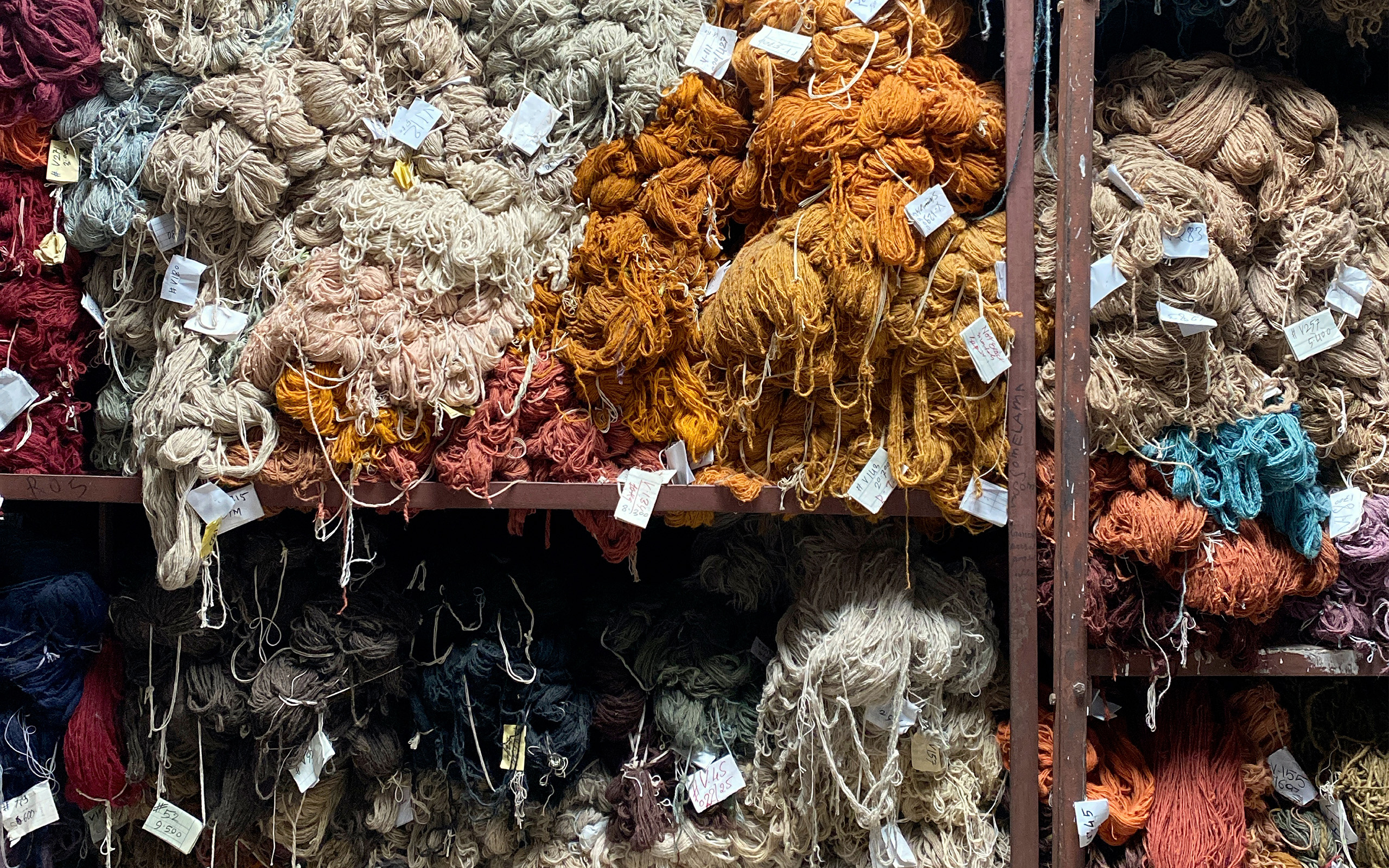Istanbul Carpet Week | A Must!
Although the inagural Istanbul Carpet Week took place almost six (6) months ago the impact and importance of the event has not dwindled with time. In fact, only now in a state of relative calm, removed from the incessant urgency and demands of instantaneous satisfaction imposed upon the media landscape of today can I truthfully and thoughtfully convey the importance of not only this event, but of more events like this in the future. In short, I believe this blend of educational conference, gala celebration, business to business meetings, and cultural and information exchange – something the antique carpet community has long encouraged to various degrees – is key to the long term survivability of our industry.
















